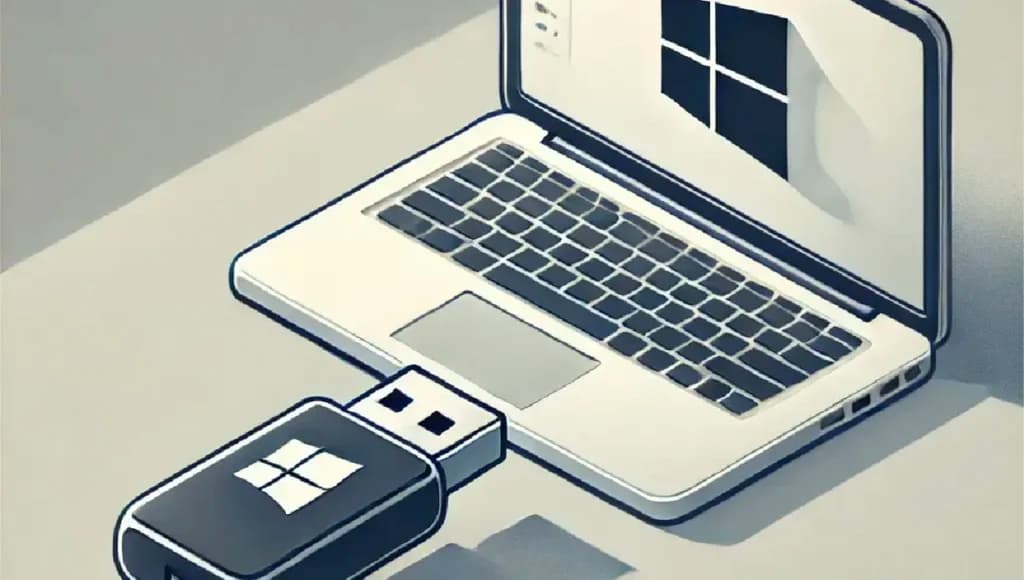
Understanding Microsoft Product Keys: A Comprehensive Guide
Understanding Microsoft Product Keys: A Comprehensive Guide
In the world of Microsoft software, product keys play a crucial role in licensing and activating your favorite applications. Whether you're setting up a new Windows operating system or installing the latest version of Microsoft Office, understanding product keys is essential. This guide will demystify Microsoft product keys, explaining what they are, how they work, and best practices for using them.
What is a Microsoft Product Key?
A Microsoft product key is a 25-character code used to activate Microsoft software. It looks something like this: XXXXX-XXXXX-XXXXX-XXXXX-XXXXX. This key is proof of purchase and ensures that your copy of the software is genuine and properly licensed.
Types of Microsoft Product Keys
Microsoft uses several types of product keys:
- Retail Keys: Purchased with boxed software or from Microsoft's online store.
- OEM Keys: Come pre-installed on new computers.
- Volume License Keys: Used by organizations for multiple installations.
- MAK (Multiple Activation Key): Allow a specific number of activations.
- KMS (Key Management Service): Used in enterprise environments for centralized activation.
How to Use Your Product Key
Using your product key is generally straightforward:
- Install your Microsoft software.
- When prompted, enter your 25-character product key.
- Your software will attempt to activate online automatically.
- If successful, your software is now activated and ready to use.
Digital License vs. Product Key
With Windows 10 and 11, Microsoft introduced the concept of a digital license. If you upgraded from a genuine copy of Windows 7 or 8, or purchased through the Microsoft Store, your copy of Windows is activated with a digital license tied to your Microsoft account. In this case, you may not need to enter a product key for future installations on the same device.
Best Practices for Managing Product Keys
- Keep your product key safe: Store it in a secure location, both digitally and physically.
- Link your key to your Microsoft account: This can help with reactivation if needed.
- Use a reputable key finder tool: If you've lost your key, these can help recover it from your system.
- Avoid sharing your key: Each key is typically valid for one installation only.
Troubleshooting Activation Issues
If you're having trouble activating your Microsoft software:
- Ensure you're entering the key correctly.
- Check your internet connection.
- Use the Microsoft activation troubleshooter.
- Contact Microsoft support if issues persist.
Conclusion
Understanding Microsoft product keys is crucial for anyone using Windows, Office, or other Microsoft software. By knowing how they work and following best practices, you can ensure your software remains properly licensed and activated. Remember, always purchase your software and product keys from reputable sources to avoid issues with counterfeit or overused keys.
If you have any questions about Microsoft product keys or need assistance with activation, don't hesitate to reach out to our support team. We're here to ensure you get the most out of your Microsoft software!
Disclaimer: This guide is for informational purposes only. Always follow Microsoft's licensing terms and conditions when using their software and product keys.


